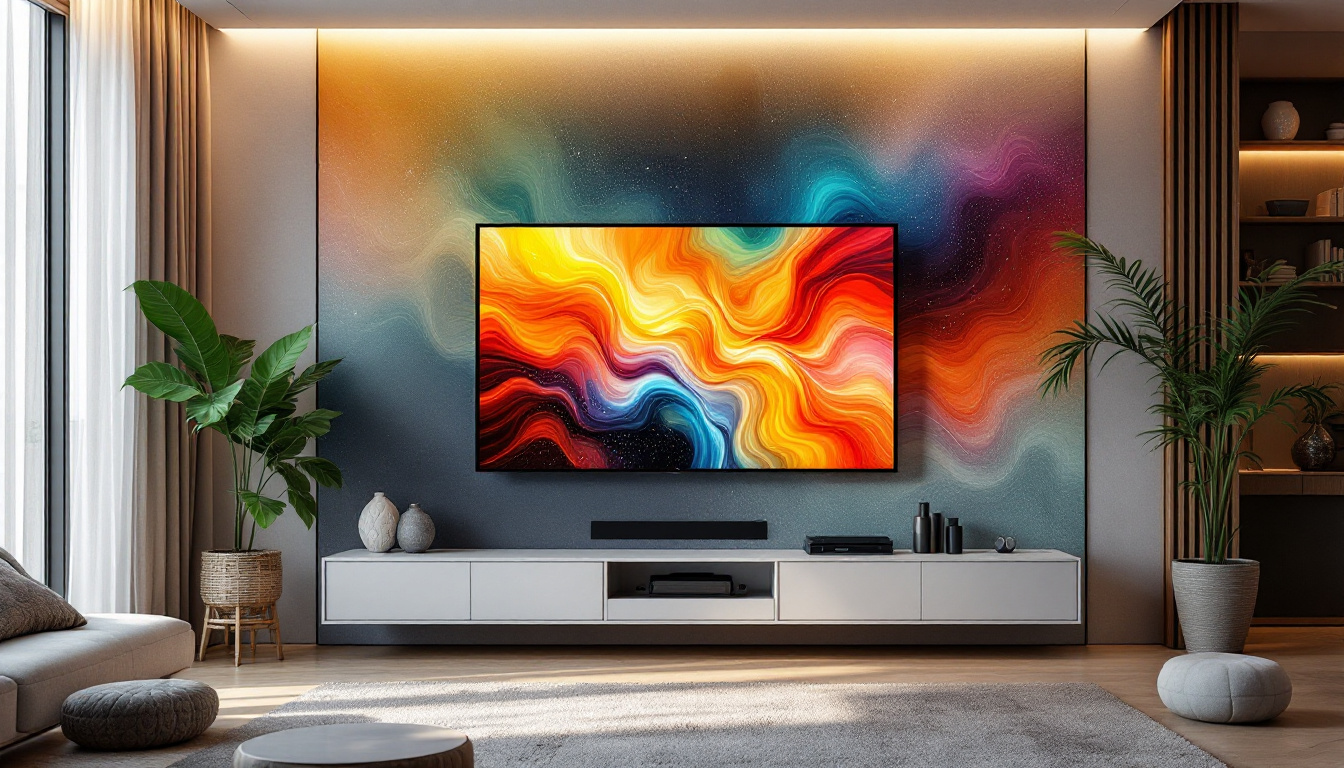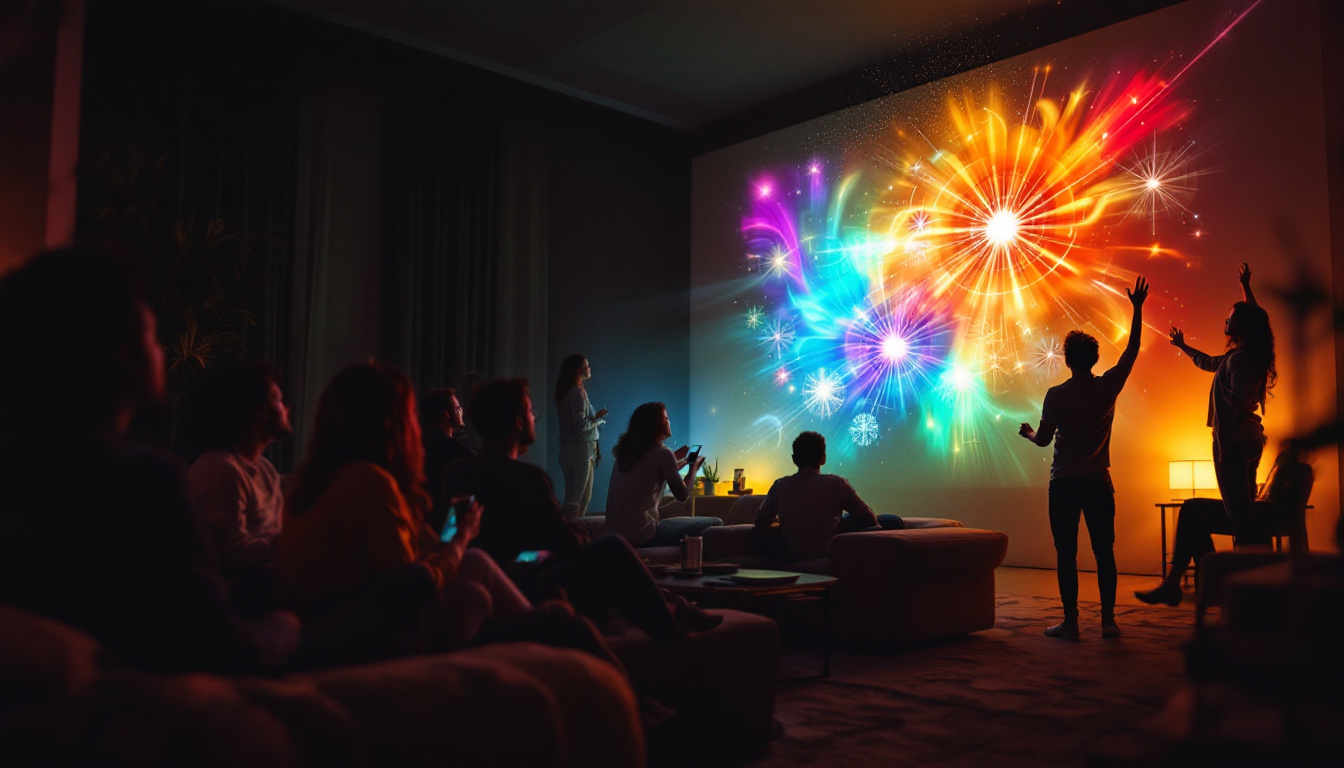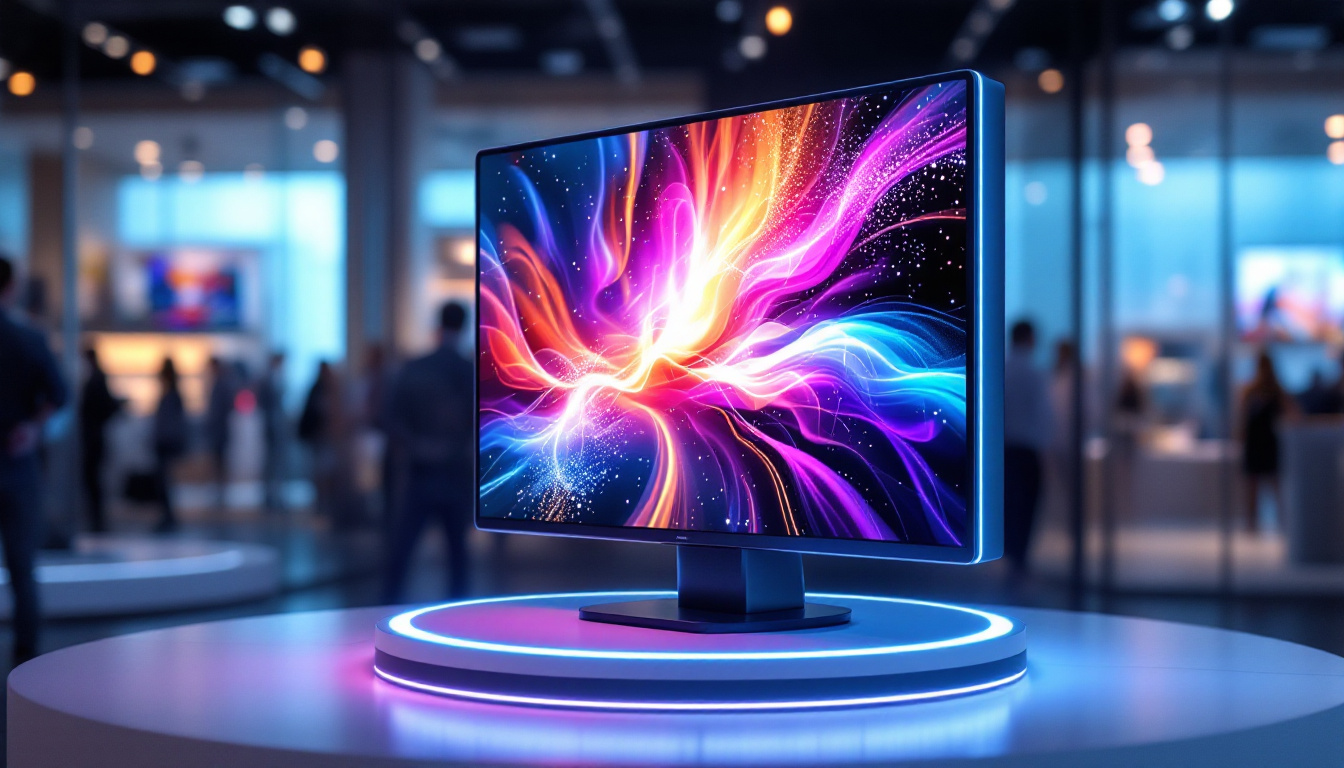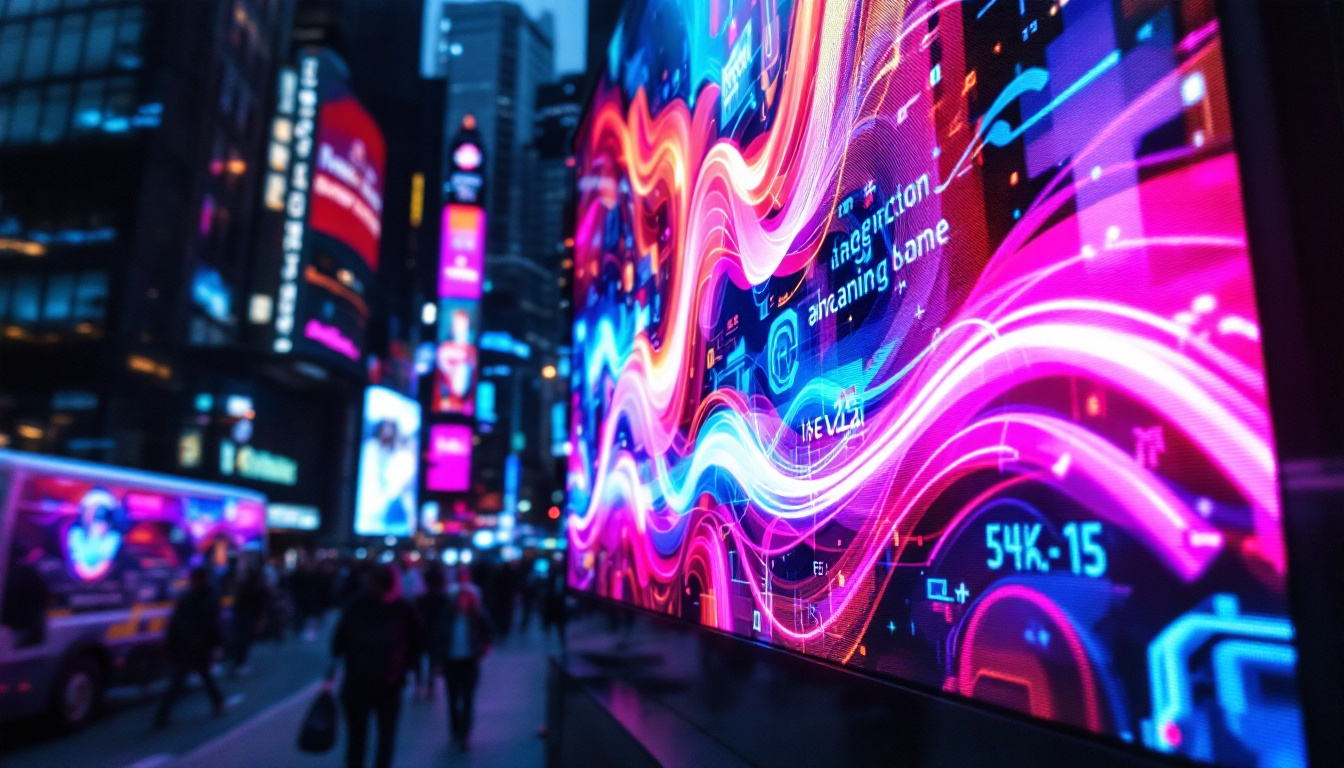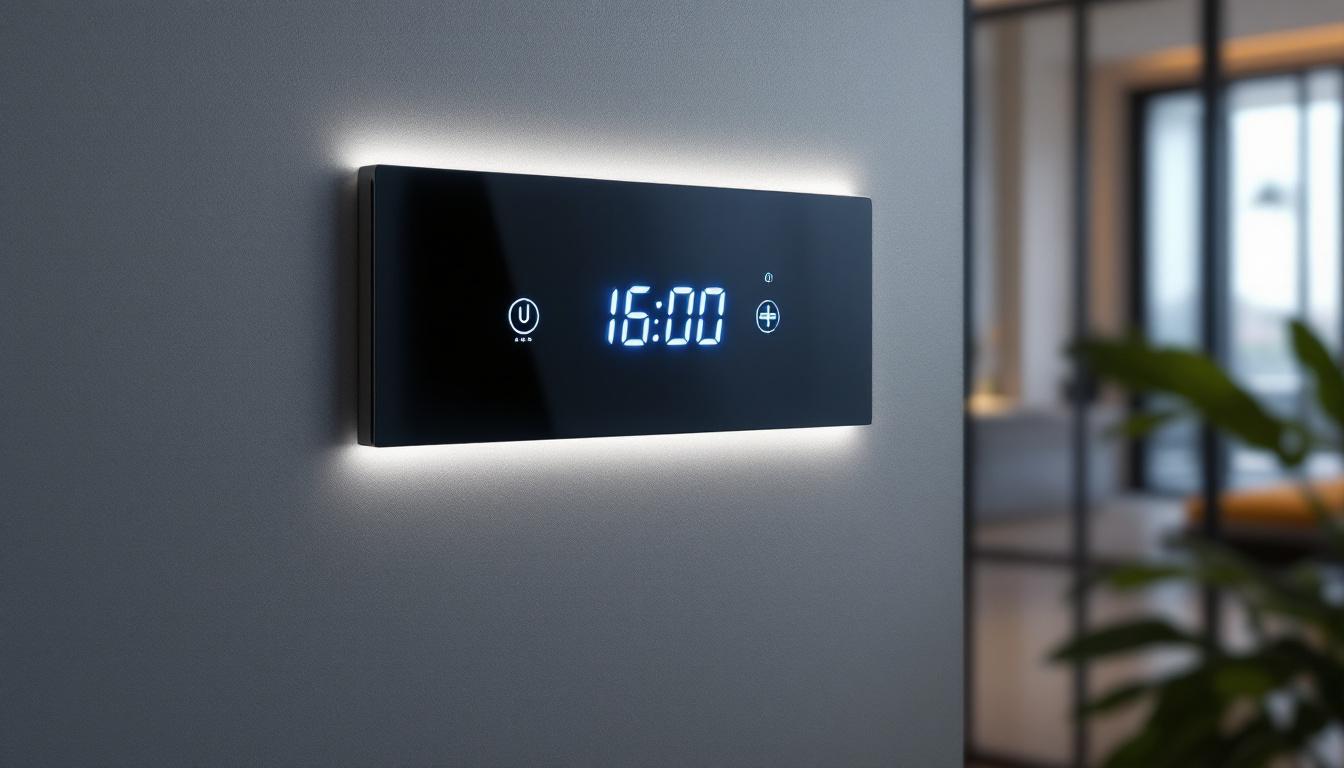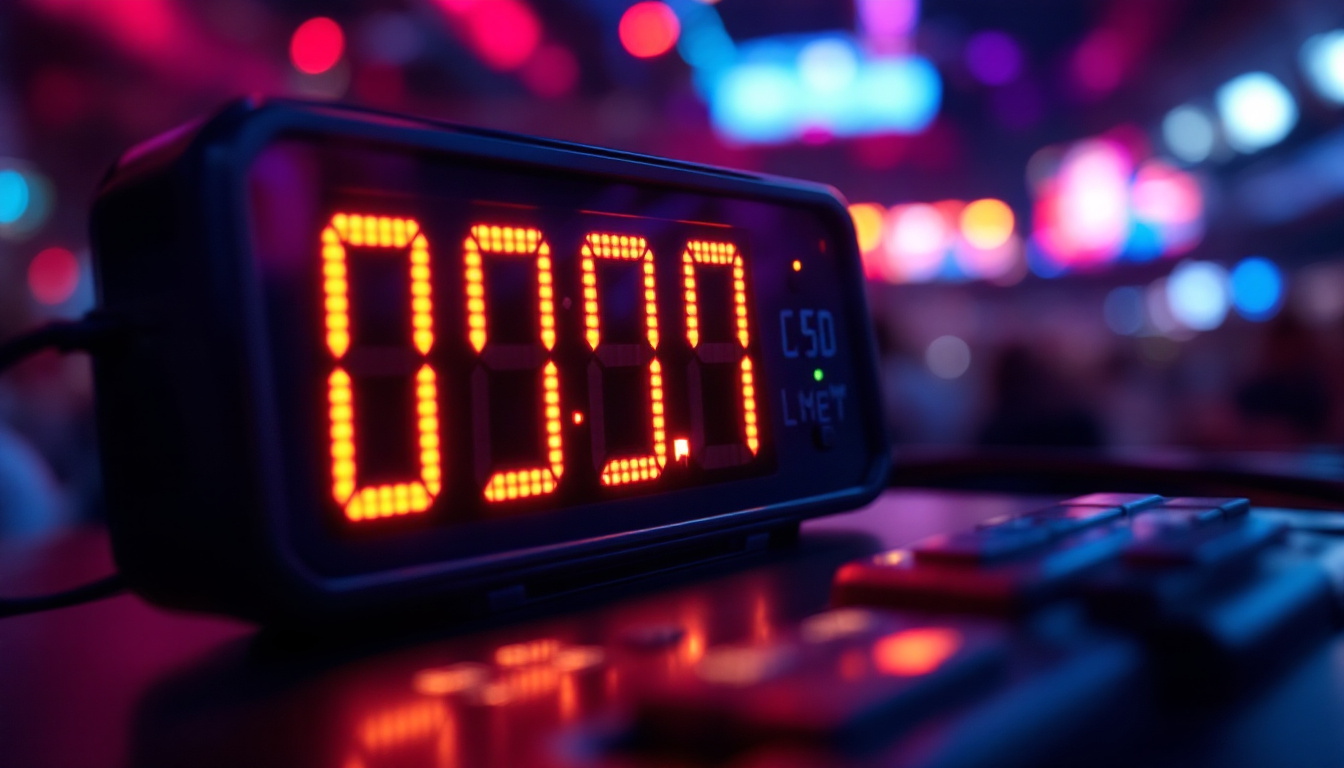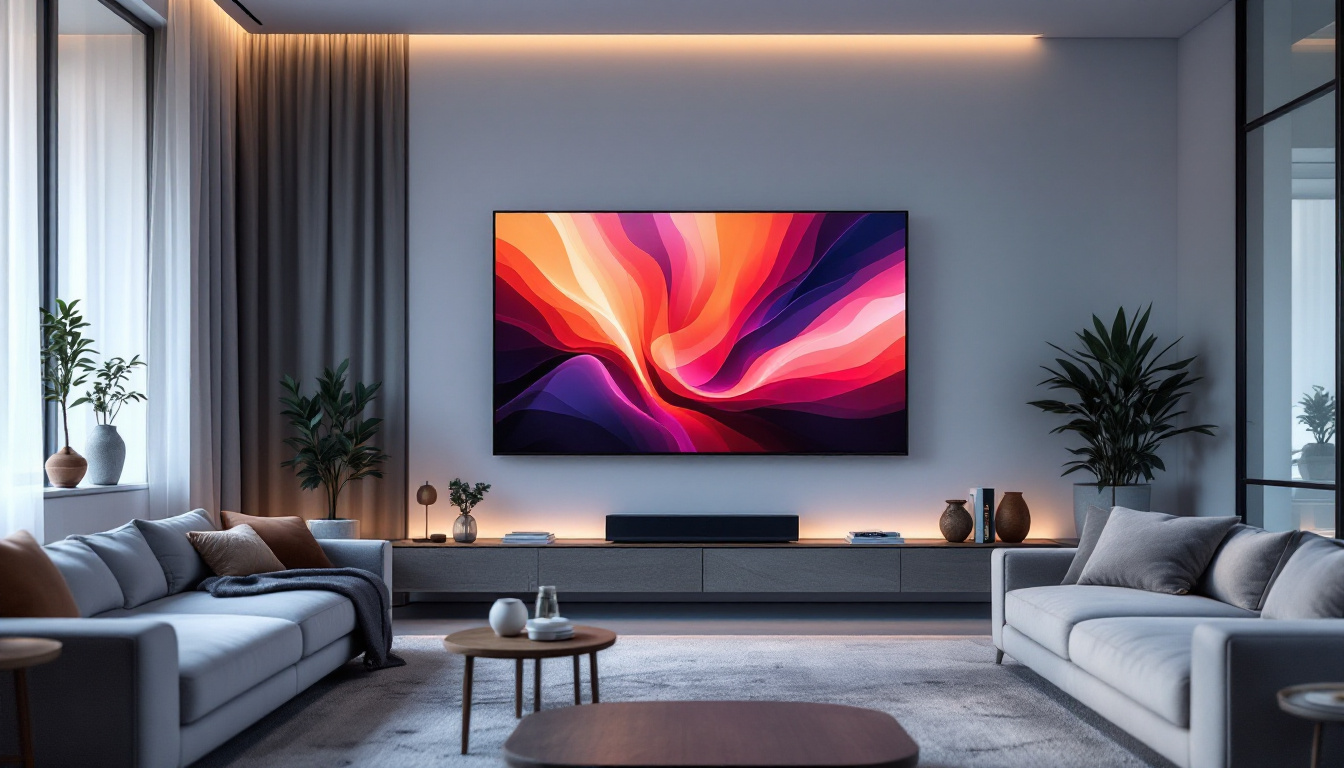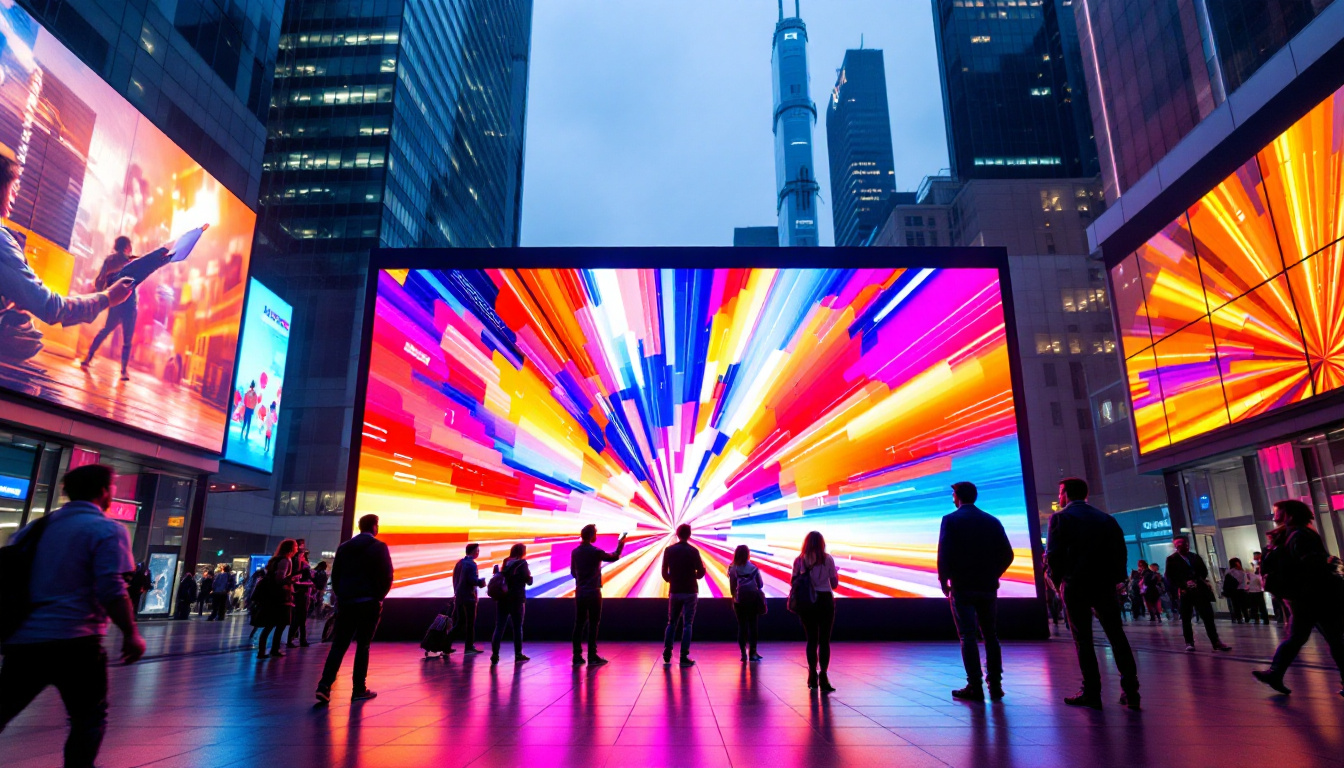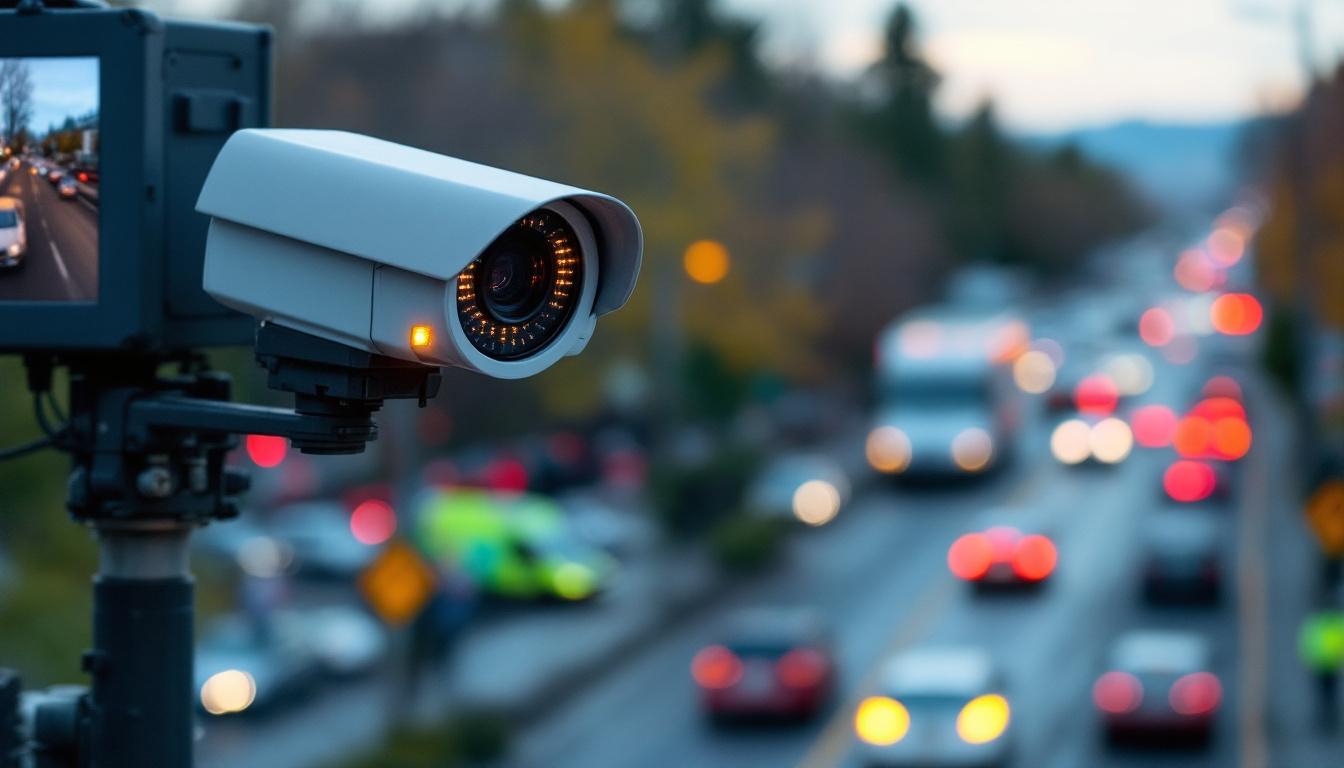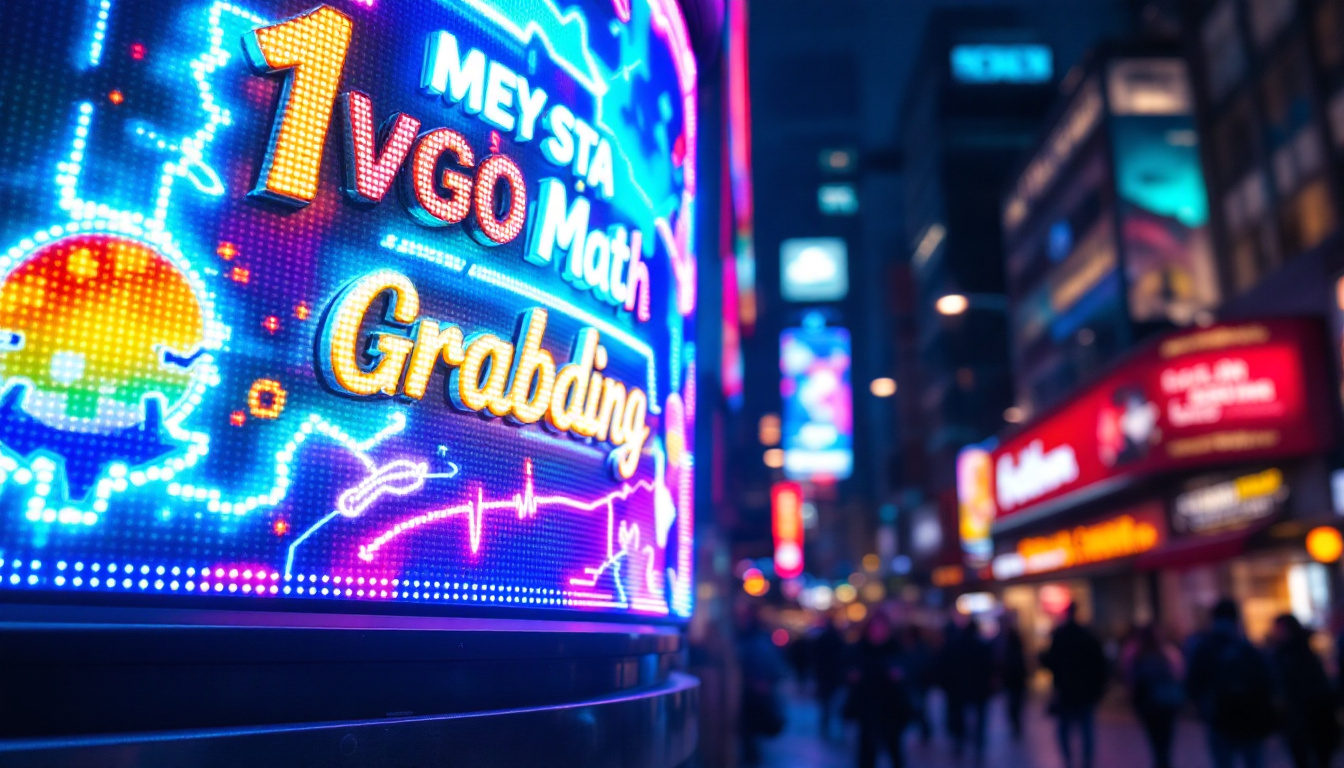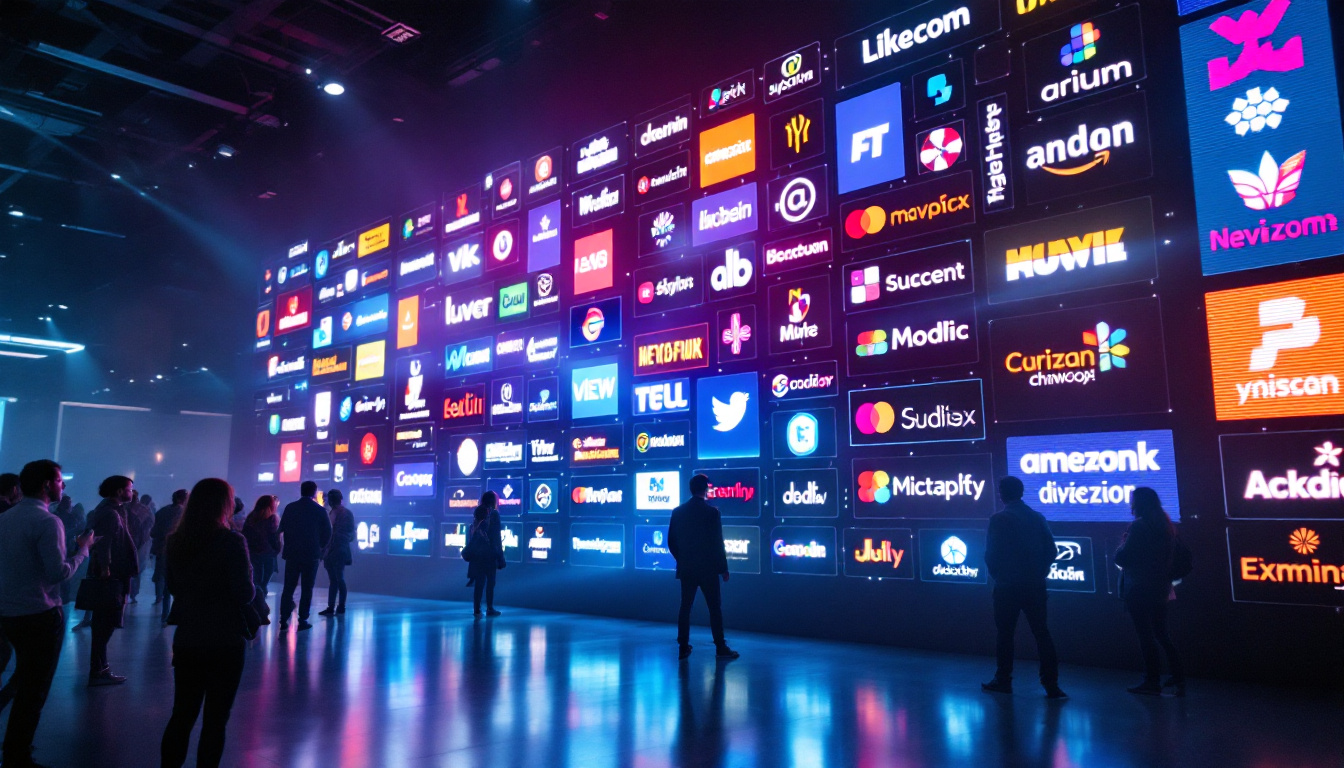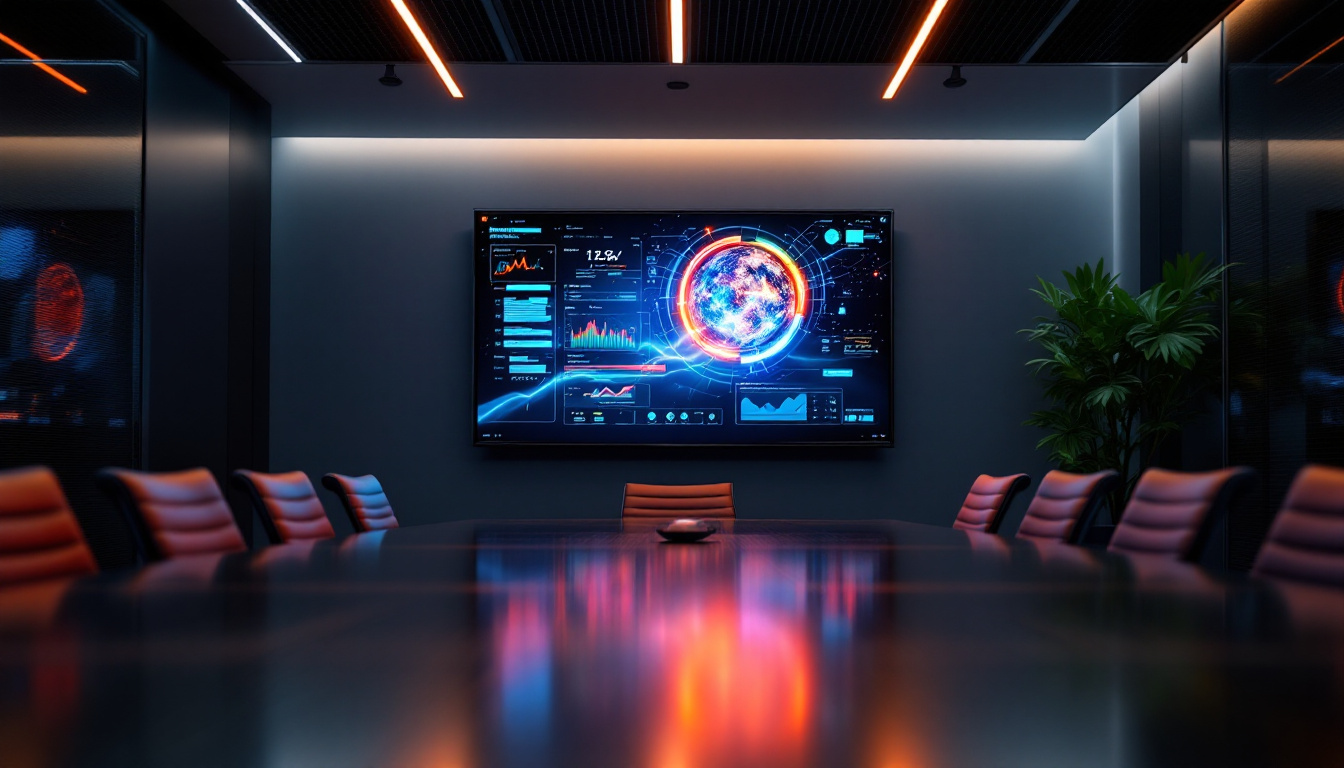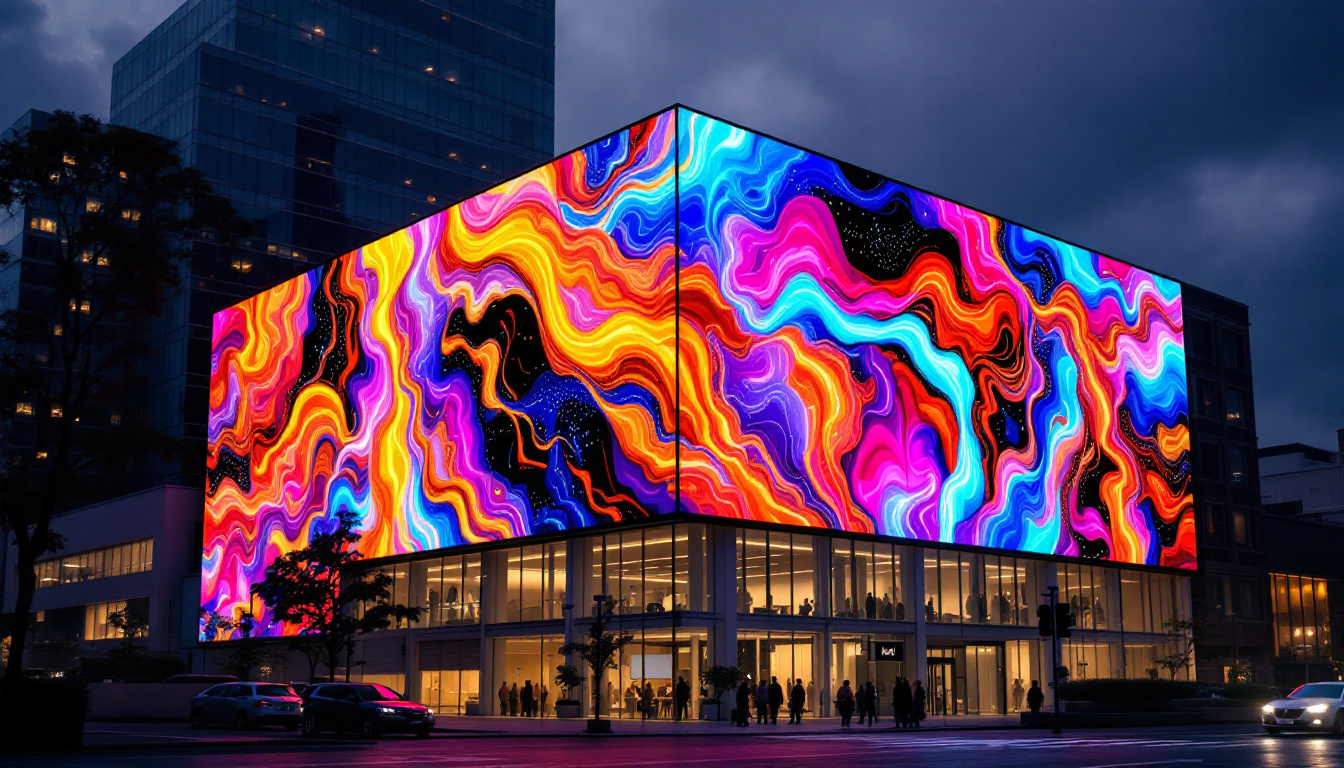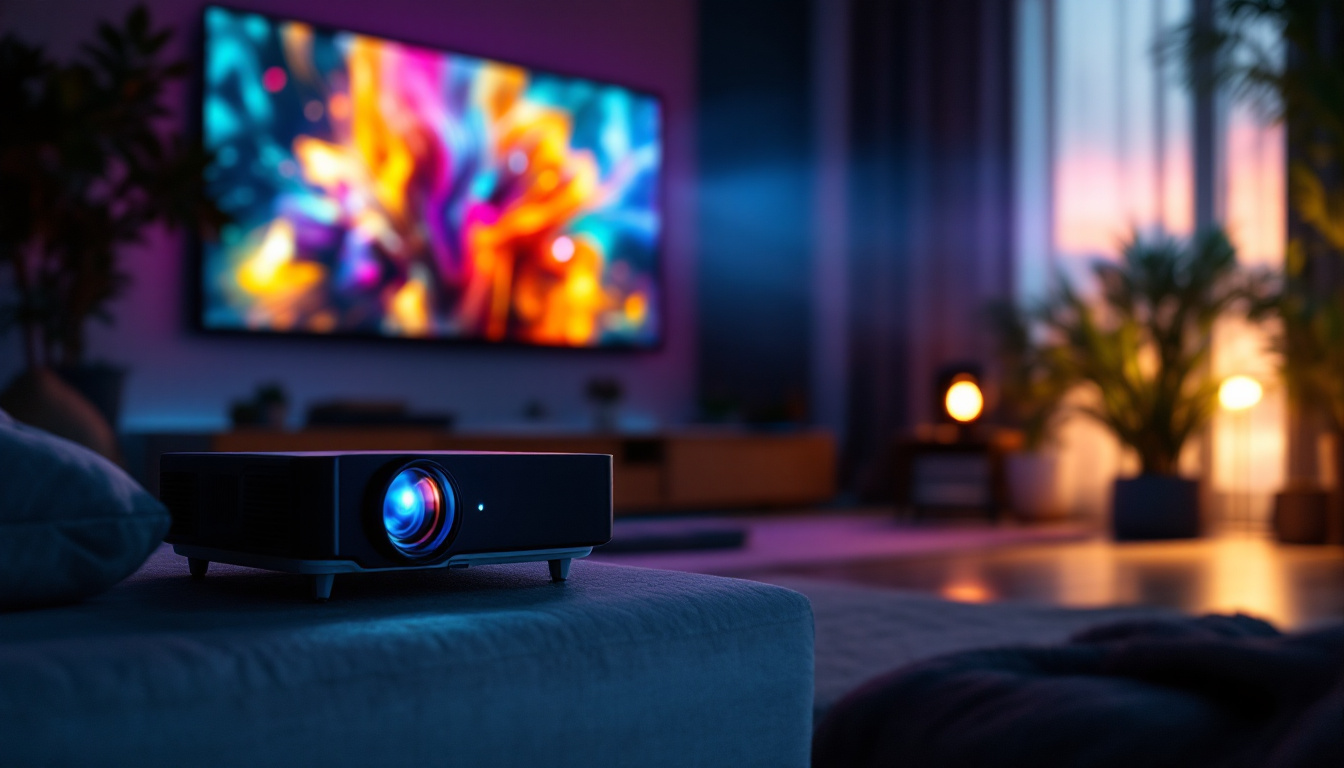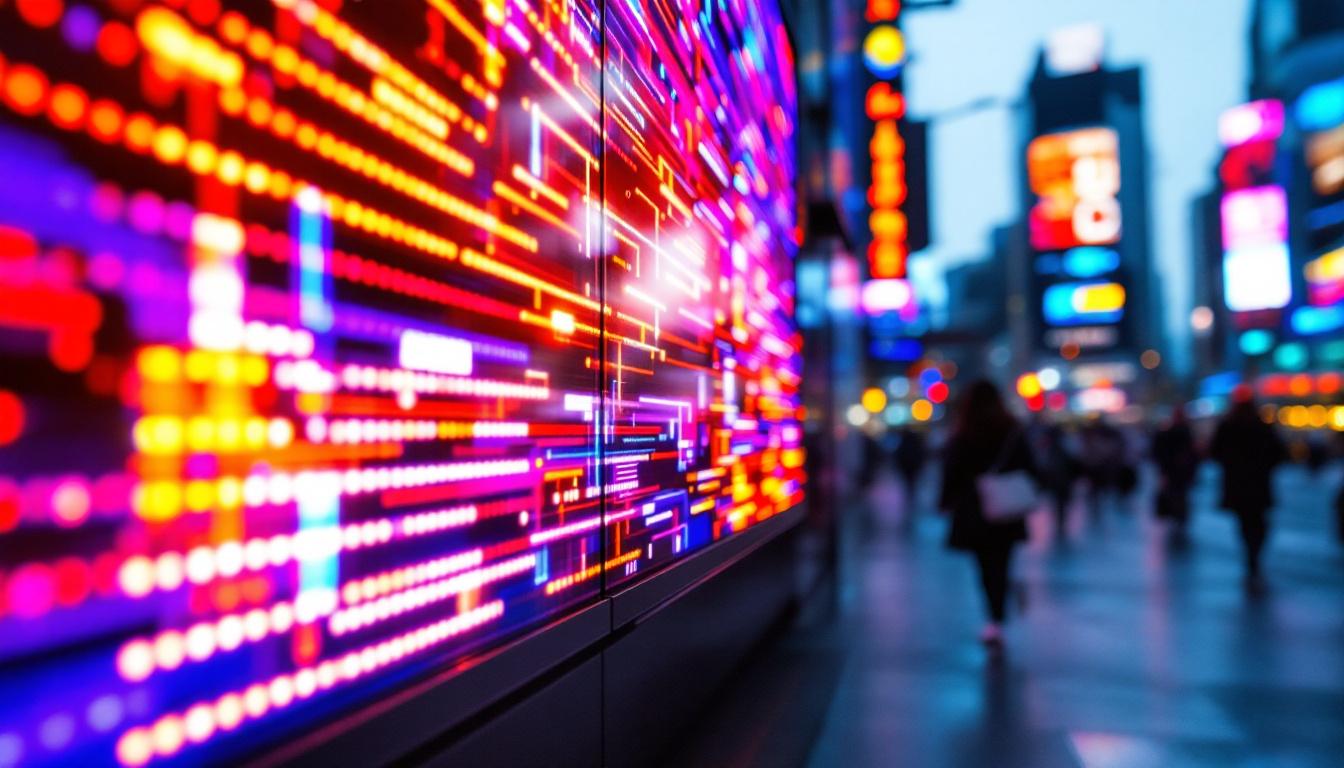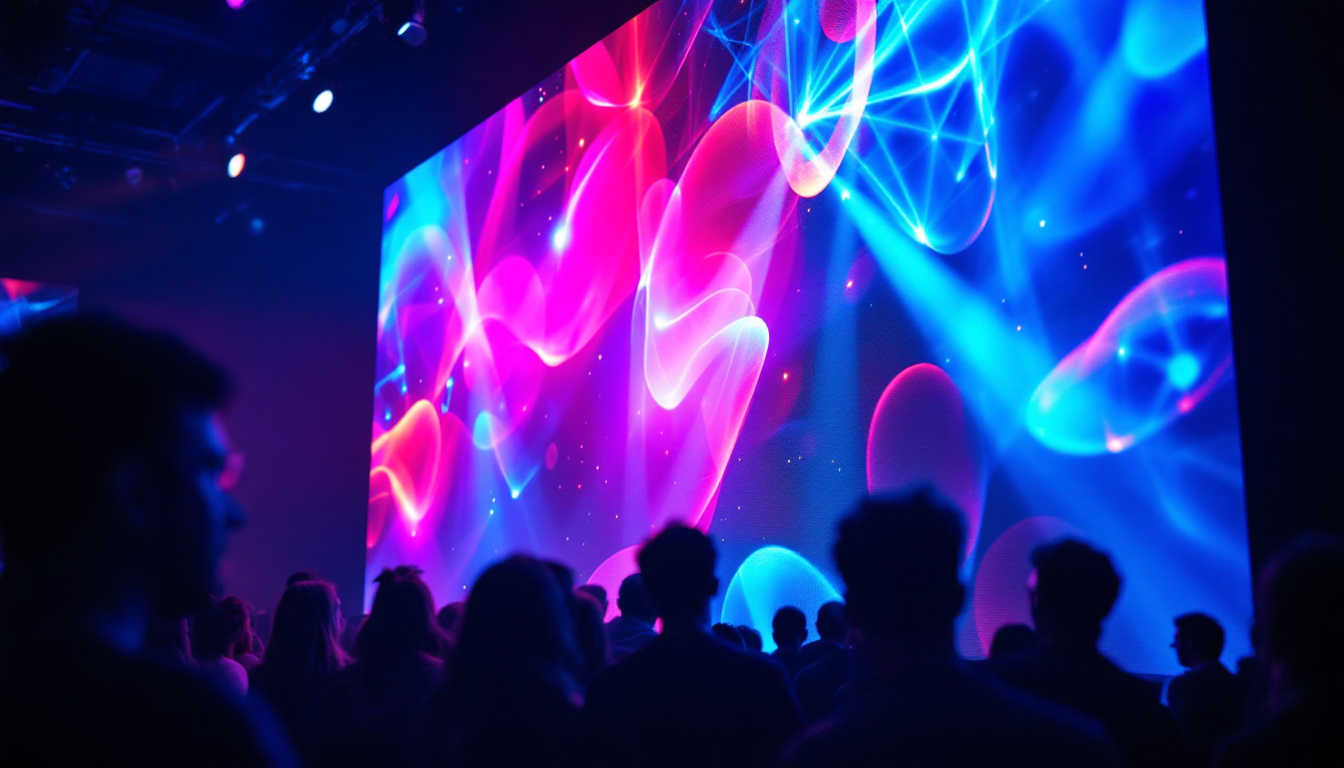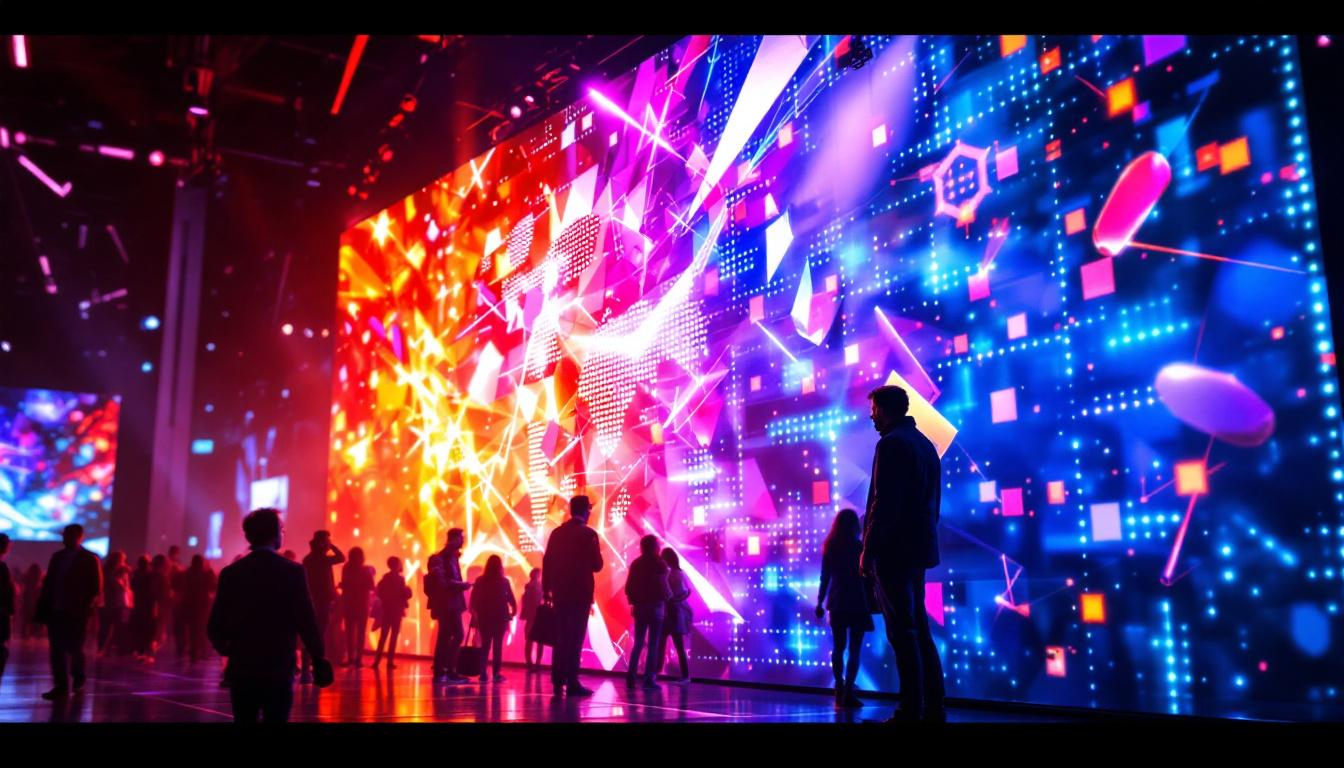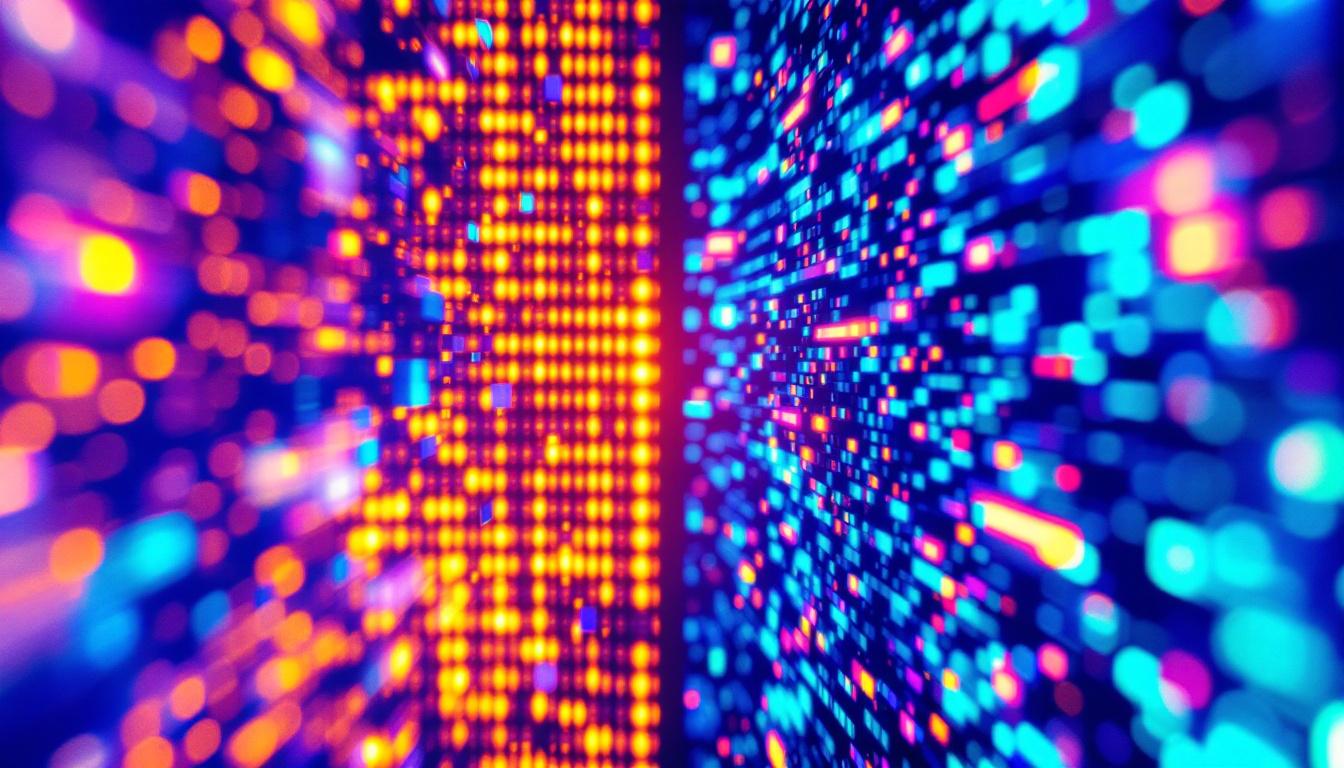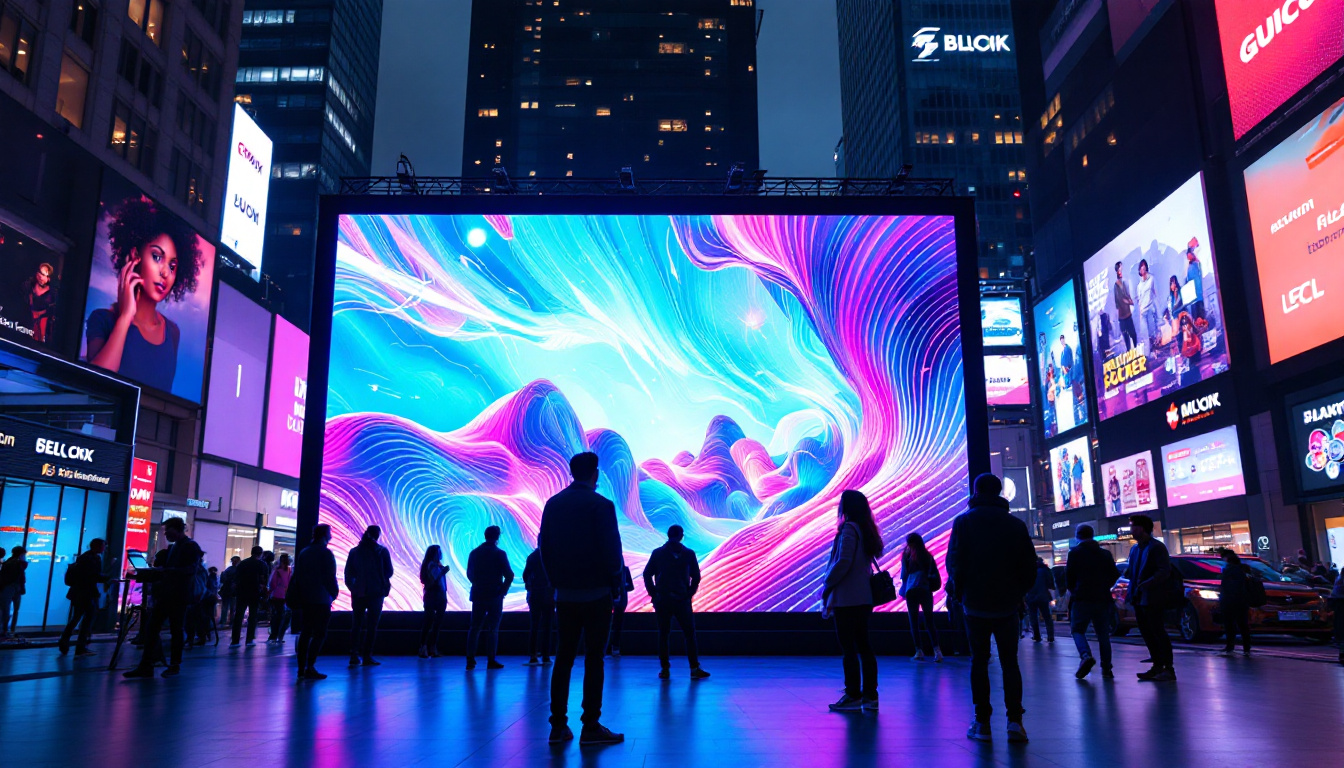In the rapidly evolving world of digital technology, LED displays have become a cornerstone of modern visual communication. From massive outdoor billboards to sleek indoor screens, these vibrant displays captivate audiences with their brightness, clarity, and versatility. But what exactly makes LED displays so effective, and why has their usage surged across industries? This article delves into the technology behind LED displays, their types, applications, and the future trends shaping their development.
Understanding LED Display Technology
What is an LED Display?
LED stands for Light Emitting Diode, a semiconductor device that emits light when an electric current passes through it. An LED display is essentially a matrix of these tiny diodes arranged to form images, videos, or text. Unlike traditional LCD or plasma screens, LED displays use these individual light sources to create vibrant, high-contrast visuals that are visible even in bright sunlight.
The fundamental advantage of LED technology lies in its ability to produce light directly, eliminating the need for backlighting. This results in deeper blacks, more vivid colors, and greater energy efficiency. The modular nature of LED panels also allows for scalable screen sizes, which is why they are favored for everything from small digital signs to colossal stadium screens. Additionally, LED displays are known for their longevity and durability, often lasting tens of thousands of hours, which makes them a cost-effective solution for both indoor and outdoor applications.
Moreover, the versatility of LED displays extends beyond mere visual appeal. They can be designed in various shapes and sizes, enabling creative installations that can transform any environment. From curved screens that wrap around architectural features to transparent displays that blend seamlessly into their surroundings, the possibilities are virtually limitless. This adaptability has made LED technology a popular choice in advertising, entertainment, and even art installations, where the visual impact is paramount.
How Do LED Displays Work?
Each LED in the display corresponds to a pixel or part of a pixel. These diodes can be red, green, or blue, and by varying their intensity, the display can produce a full spectrum of colors. This RGB (Red-Green-Blue) color model is the foundation of all digital color displays.
LED displays are controlled by sophisticated electronics that manage the brightness and color of each diode in real-time. This control is achieved through a combination of hardware and software, allowing for dynamic content such as videos, animations, and interactive interfaces. The refresh rate and resolution of the display determine the smoothness and clarity of the visuals, with higher-end displays offering ultra-high-definition experiences. Furthermore, advancements in technology have led to the development of smart LED displays that can connect to the internet, enabling remote updates and real-time content management, which is particularly beneficial for businesses that need to adapt their messaging quickly.
In addition to their technical capabilities, LED displays also incorporate features that enhance user experience. Many modern LED displays are equipped with sensors that adjust brightness based on ambient light conditions, ensuring optimal visibility at all times. This not only improves the viewing experience but also contributes to energy savings. Furthermore, the integration of augmented reality (AR) and virtual reality (VR) technologies with LED displays is paving the way for immersive experiences that engage audiences in unprecedented ways, making them a staple in modern advertising and entertainment venues.
Types of LED Displays
Indoor vs. Outdoor LED Displays
LED displays are broadly categorized into indoor and outdoor types, each designed to meet specific environmental and performance requirements. Indoor LED displays typically have a smaller pixel pitch, meaning the LEDs are placed closer together to provide higher resolution at close viewing distances. These displays are common in conference rooms, retail stores, and entertainment venues.
Outdoor LED displays, on the other hand, are built to withstand harsh weather conditions and intense sunlight. They feature higher brightness levels—often exceeding 5,000 nits—to ensure visibility even in direct sunlight. The pixel pitch is usually larger since viewers tend to observe these displays from a distance, such as on highways or building facades.
Fixed vs. Rental LED Displays
Another important distinction lies between fixed and rental LED displays. Fixed LED installations are permanent setups, often integrated into architecture or infrastructure. Examples include digital billboards, stadium screens, and retail signage. These displays are designed for long-term use and optimized for specific locations.
Rental LED displays are portable and modular, intended for temporary events such as concerts, trade shows, and sports events. Their design prioritizes ease of assembly, disassembly, and transport. Rental displays often have robust frames and quick-lock mechanisms to facilitate rapid deployment.
Transparent and Flexible LED Displays
Innovations in LED technology have led to the development of transparent and flexible LED displays. Transparent LED screens allow viewers to see through the display while still projecting vivid images, making them ideal for storefront windows and architectural applications. Flexible LED displays can bend or curve, enabling creative installations on curved surfaces or unconventional shapes.
These advancements expand the possibilities for designers and advertisers, blending digital content seamlessly into physical environments.
Applications of LED Displays
Advertising and Marketing
LED displays have revolutionized advertising by offering dynamic, eye-catching content that can be updated instantly. According to a 2023 report by Grand View Research, the global digital signage market, largely driven by LED technology, is expected to reach $32 billion by 2028, growing at a CAGR of 7.5%. This growth reflects the increasing adoption of LED displays in retail, transportation hubs, and urban centers.
Brands leverage LED billboards and signage to deliver targeted messages, promotions, and interactive campaigns. The ability to change content in real-time allows marketers to respond to audience behavior, weather conditions, or special events, maximizing engagement and ROI.
Entertainment and Events
In the entertainment industry, LED displays are indispensable. Concerts, festivals, and sports arenas use massive LED screens to enhance the spectator experience, providing close-up views, replays, and immersive visuals. The flexibility and brightness of LED technology make it ideal for both indoor stages and outdoor venues.
Moreover, LED walls are increasingly used in film and television production. The rise of virtual sets and real-time rendering, exemplified by productions like “The Mandalorian,” relies on LED volumes to create realistic backgrounds without green screens. This innovation reduces post-production time and enhances creative possibilities.
Corporate and Educational Use
LED displays are also gaining traction in corporate and educational settings. Conference rooms, lecture halls, and auditoriums utilize LED screens for presentations, video conferencing, and interactive learning. Their high resolution and brightness ensure clear visibility for all attendees, fostering better communication and engagement.
Additionally, digital signage within corporate campuses can disseminate important information, enhance branding, and improve wayfinding.
Key Factors to Consider When Choosing an LED Display
Pixel Pitch and Resolution
Pixel pitch is the distance between the centers of two adjacent LEDs, measured in millimeters. It directly affects the resolution and viewing distance of the display. A smaller pixel pitch means higher resolution and better image quality at close range, but it also increases cost.
For indoor applications where viewers are close, pixel pitches of 1.2mm to 2.5mm are common. Outdoor displays typically have pixel pitches ranging from 4mm to 20mm, suitable for viewing from several meters away.
Brightness and Contrast
Brightness is crucial for visibility, especially outdoors. Measured in nits, LED displays must be sufficiently bright to overcome ambient light. Indoor displays usually operate at 800 to 1,200 nits, while outdoor displays can exceed 5,000 nits.
Contrast ratio, the difference between the darkest black and brightest white, impacts image depth and clarity. LED technology inherently offers high contrast due to its ability to turn off individual diodes completely, producing true blacks.
Durability and Maintenance
Outdoor LED displays must be weatherproof, resistant to dust, moisture, and temperature fluctuations. IP ratings indicate the level of protection, with IP65 or higher recommended for most outdoor installations.
Maintenance considerations include ease of access for repairs, modular design for replacing panels, and longevity. High-quality LED displays can last upwards of 100,000 hours, but regular upkeep ensures consistent performance.
The Future of LED Displays
Mini-LED and Micro-LED Technologies
Emerging technologies like Mini-LED and Micro-LED promise to push the boundaries of LED displays further. Mini-LED uses thousands of tiny LEDs as backlighting for LCD panels, enhancing contrast and brightness. Micro-LED, on the other hand, involves microscopic LEDs that can be assembled into displays without the need for backlighting, offering superior color accuracy, brightness, and energy efficiency.
These advancements are expected to revolutionize consumer electronics, including TVs, smartphones, and wearable devices, while also impacting large-scale digital signage.
Integration with Smart Technologies
LED displays are increasingly integrated with Internet of Things (IoT) systems, artificial intelligence (AI), and augmented reality (AR). Smart LED displays can adapt content based on audience demographics, environmental conditions, or interactive inputs.
For example, retail stores can use AI-powered LED signage to personalize advertisements based on shopper behavior, enhancing customer experience and sales.
Sustainability and Energy Efficiency
As sustainability becomes a priority, LED technology continues to improve in energy efficiency and recyclability. Advances in power management and materials reduce environmental impact, making LED displays a greener choice compared to traditional lighting and display methods.
Manufacturers are also exploring circular economy models, designing displays for easier disassembly and component reuse.
Conclusion
LED displays have transformed the way information and entertainment are presented in public and private spaces. Their unparalleled brightness, flexibility, and scalability make them indispensable tools across various industries. Understanding the technology, types, and applications of LED displays enables businesses and organizations to make informed decisions that maximize impact and efficiency.
As innovations like Micro-LED and smart integration continue to evolve, the future of LED displays promises even more immersive, interactive, and sustainable visual experiences. Whether for advertising, entertainment, or communication, putting your feet up on the wall with an LED display means embracing a vibrant, dynamic future of digital interaction.
Explore the Future of LED Displays with LumenMatrix
Ready to elevate your visual communication and create unforgettable experiences? LumenMatrix is at the forefront of LED display innovation, offering a diverse range of solutions from Indoor and Outdoor LED Wall Displays to specialized options like Vehicle, Sports, and Floor LED Displays. Our mission is to bring your brand to life with vibrant, clear, and engaging digital signage. Don’t miss the opportunity to transform your space with our cutting-edge technology. Check out LumenMatrix LED Display Solutions today and step into a brighter, more dynamic future.


